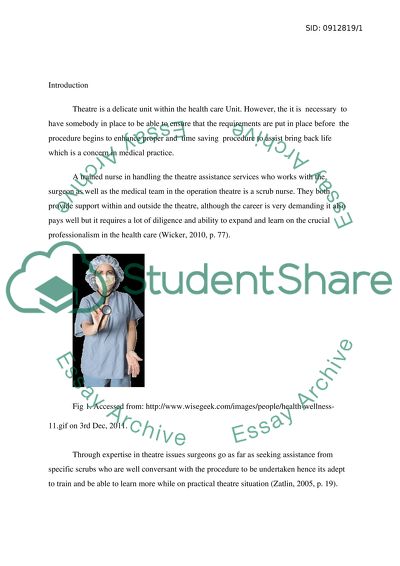Cite this document
(“Role of circulating practitioner in and outside a theatre room Essay”, n.d.)
Retrieved from https://studentshare.org/nursing/1393307-role-of-circulating-practitioner-in-and-outside-a-theatre-room
Retrieved from https://studentshare.org/nursing/1393307-role-of-circulating-practitioner-in-and-outside-a-theatre-room
(Role of Circulating Practitioner in and Outside a Theatre Room Essay)
https://studentshare.org/nursing/1393307-role-of-circulating-practitioner-in-and-outside-a-theatre-room.
https://studentshare.org/nursing/1393307-role-of-circulating-practitioner-in-and-outside-a-theatre-room.
“Role of Circulating Practitioner in and Outside a Theatre Room Essay”, n.d. https://studentshare.org/nursing/1393307-role-of-circulating-practitioner-in-and-outside-a-theatre-room.


